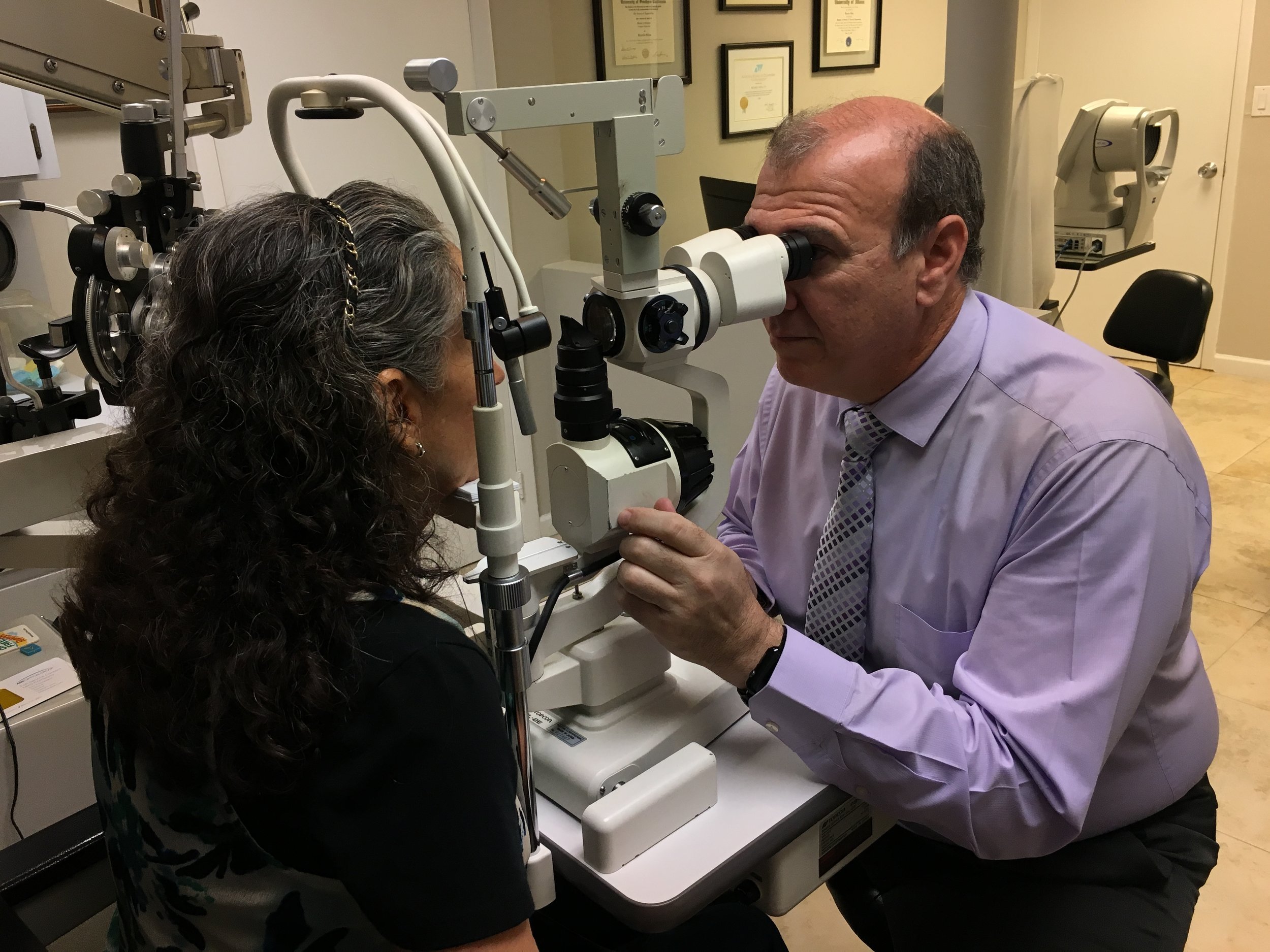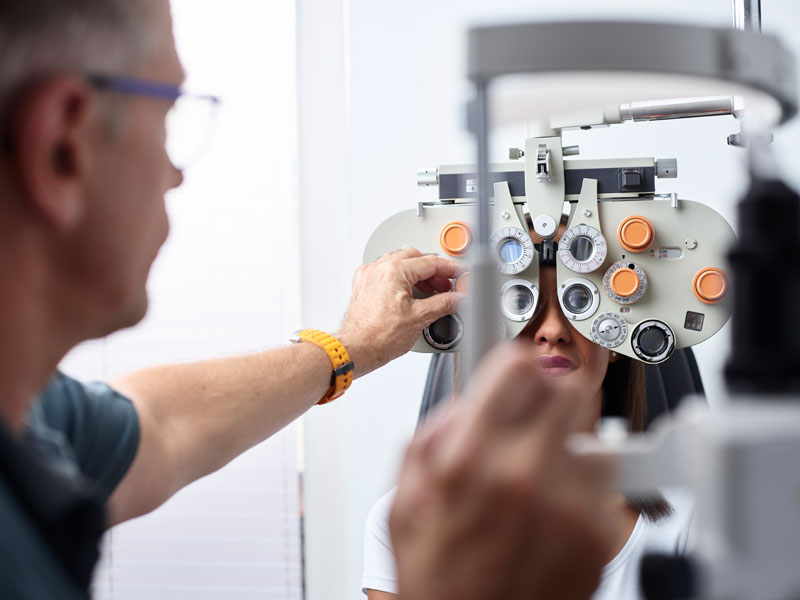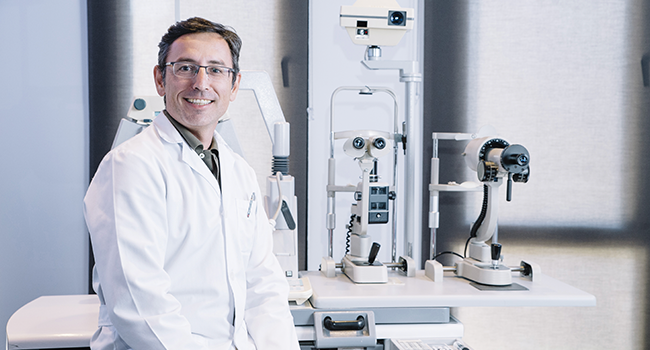Experience Personalized Treatment with Opticore Optometry in Chino
Experience Personalized Treatment with Opticore Optometry in Chino
Blog Article
Discovering the most up to date Technical Developments in Optometry and What They Mean for Eye Doctors
In the ever-evolving area of optometry, current technological innovations are improving just how practitioners come close to eye treatment. From the precision of Optical Coherence Tomography to the nuanced understandings provided by AI-driven analysis devices, these innovations are setting new criteria in individual analysis and treatment. Teleoptometry is poised to redefine ease of access, making sure that experience transcends geographical limitations. As these developments permeate the practice, eye doctors are encountered with the challenge of embracing these tools to improve client end results. The concern continues to be: how will these technical changes redefine the functions and obligations within the occupation?
Technologies in Diagnostic Devices
Progressing the field of optometry, innovations in analysis tools have transformed the way eye care professionals examine and identify aesthetic problems and eye problems. The past years has actually observed considerable technological advancements, allowing more accurate and thorough examinations. Optical Comprehensibility Tomography (OCT), as an example, offers high-resolution cross-sectional photos of the retina, allowing for the very early detection of illness such as glaucoma and age-related macular degeneration. This non-invasive imaging technique has ended up being essential in contemporary optometric method.
One more secret technology is the intro of advanced corneal topography systems, which map the surface area curvature of the cornea with accuracy. These tools are especially beneficial for fitting contact lenses and identifying corneal conditions. Electronic retinal imaging has actually transformed typical ophthalmoscopy, supplying thorough, breathtaking views of the retina that assist in complete aesthetic exams.
The growth of wavefront aberrometry has also been crucial, allowing the analysis of refractive mistakes with unmatched accuracy (Eye Doctor Optometrist). This innovation assists in tailoring restorative lenses and enhancing medical results for refractive surgeries. Collectively, these diagnostic innovations encourage eye doctors to deliver exceptional individual care, making certain early treatment and tailored therapy approaches, eventually improving visual wellness outcomes
AI in Patient Monitoring
Building on the structure of cutting-edge diagnostic devices, the unification of artificial intelligence (AI) in person management stands for a transformative jump for optometry. AI systems are significantly employed to improve performance, accuracy, and customization in patient care. By analyzing huge quantities of data, AI can recognize patterns and anticipate possible eye conditions, enabling optometrists to customize interventions much more properly. This ability is critical in taking care of persistent eye conditions such as glaucoma and diabetic person retinopathy, where very early detection and continual monitoring are key.
Furthermore, AI-driven platforms assist in structured client communications and management procedures. Automated organizing, digital appointments, and personalized follow-up strategies not only improve individual contentment however additionally enhance time management for practitioners. These systems can triage individuals based on the necessity of their problems, ensuring that those in essential demand obtain prompt attention.
Moreover, AI enhances decision-making by giving eye doctors with evidence-based recommendations and treatment paths. By integrating information from electronic wellness records, AI devices use insights that educate scientific decisions, lowering the risk of mistakes and boosting patient outcomes. As AI proceeds to progress, its role in individual administration will likely broaden, reshaping the landscape of optometric care.
Breakthroughs in Retinal Imaging
In the world of optometry, retinal imaging has actually experienced remarkable technical developments that are enhancing analysis capacities and individual care. Technologies such as Optical Comprehensibility Tomography (OCT) and fundus photography have actually transformed exactly how eye doctors visualize and examine the retina.
Improved imaging techniques like OCT angiography are further refining diagnostic accuracy. Opticore Optometry. Such developments promote the identification of minute retinal adjustments that could symbolize disease progression.
In addition, advancements in man-made knowledge are enhancing retinal imaging by allowing automated evaluation of large datasets. These systems assist eye doctors in recognizing patterns indicative of pathology, thus boosting analysis accuracy and efficiency. Collectively, these technologies are changing retinal imaging into a foundation of modern eye care, enhancing results and broadening healing opportunities.
Teleoptometry's Growing Role
Teleoptometry is increasingly becoming an important component of eye treatment, driven by developments in digital communication and diagnostic tools. This is particularly helpful in underserved and rural locations where accessibility to specialized eye treatment is typically limited.
The combination of man-made intelligence (AI) additional boosts teleoptometry, allowing the evaluation of visual data and page aiding in the detection of ocular problems such as glaucoma and diabetic retinopathy. AI-powered algorithms can rapidly interpret intricate imaging information, providing eye doctors with useful insights that strengthen clinical decision-making.
Moreover, teleoptometry sustains continuity of treatment via smooth assimilation with electronic health and wellness documents (EHRs), enabling optometrists to maintain detailed patient histories. This makes certain that people receive regular and individualized treatment even when speaking with different specialists.
In spite of these benefits, challenges stay, including guaranteeing data security and managing individual expectations. Teleoptometry stands for a significant stride towards more easily accessible, effective, and patient-centered eye treatment. As technology develops, its duty is positioned to increase additionally.

Future Trends in Eye Treatment
A myriad of here are the findings ingenious patterns is established to improve the future of eye care, driven by technological innovations and the advancing requirements of individuals. One substantial trend is the combination of expert system (AI) in diagnostics, which promises to boost the accuracy and performance of eye examinations. AI algorithms can assess substantial quantities of data from retinal pictures, potentially finding conditions like diabetic retinopathy and glaucoma earlier than conventional methods.
Furthermore, personalized medicine is acquiring traction in optometry, with hereditary screening educating personalized therapy plans. This approach intends to maximize individual results by customizing treatments to individual hereditary accounts. Wearable technology, such as smart call lenses, is likewise on the perspective, providing real-time monitoring of intraocular pressure or glucose degrees, thus giving continuous understandings into systemic and ocular wellness.
The fostering of enhanced fact (AR) and virtual fact (VR) in training and person education is an additional emerging pattern. These innovations offer immersive experiences that can enhance understanding and skills both for people and optometrists. As these fads progress, optometrists need to stay abreast of technical developments to supply advanced treatment, making sure improved individual results and fulfillment in the vibrant landscape of eye care.
Conclusion

Collectively, these analysis advancements equip optometrists to deliver superior person care, guaranteeing very early intervention and customized treatment approaches, eventually boosting aesthetic health and wellness end results.

As these technologies continue to evolve, optometrists must adjust and incorporate them into technique, inevitably enhancing workflow effectiveness and boosting the criterion of eye care supplied to clients.
Report this page